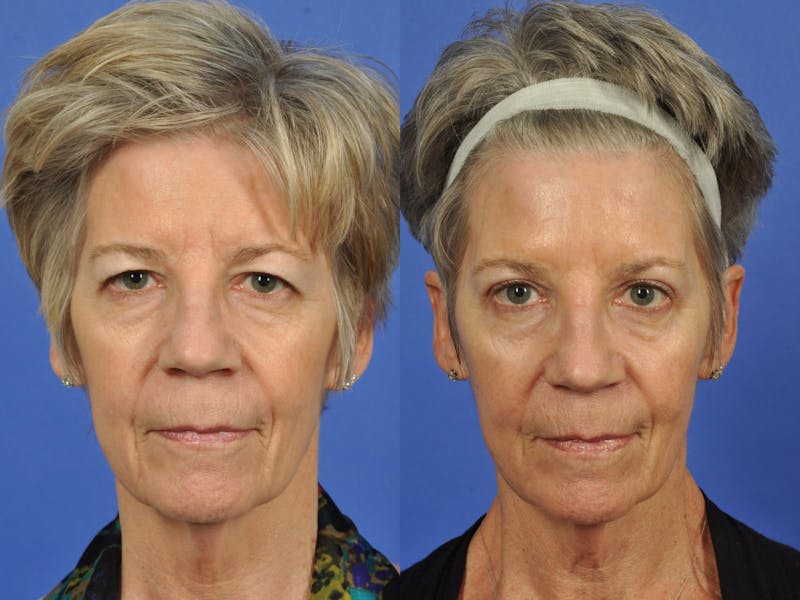
All of this warm, summer weather in October has been making me think of days enjoying beer, wine and my brother’s fantastic grilling skills. The summer’s harvest of vegetables from our garden—sweet corn, and amazing tomatoes—my family gathers to celebrate the return to school and the countdown to football season while watching the US Open.
This reminds me of another barbecue seven years ago when, while preparing something delicious on a deck, I was discussing the technical difficulties of facelifting with my Dad, a mechanical engineer. He has invented many, many things, most of which we all take for granted in our every day life, and helped put us on the moon.
My Dad tends to think of things on a problem and solution basis. He starts many sentences with the declaration ‘The problem is:’ and then, after stating the problem, innovates his own original solution. He solved the Iraq problem long before Bush et al. created it and Obama has dealt/not dealt with it, and could function as an advisor today with his solutions to political issues, like the Middle East. He also paints, photographs, and acts as a consultant to industries, even now in his early 90’s.

An advantage of having a father like that is that he can solve problems completely outside his domain, because he thinks outside the box. If you think outside of the box broadly as “facial cosmetic surgery”, you need to understand that this man deplores the site of blood and can barely watch videos of surgery to gain understanding of what I was talking about.
Seven years ago, the problem I had was that most surgeons in the world were giving up on the midface lift. Lifting that area—a sweet spot on your cheek, that if you pulled it up, improved the appearance of your eyes—lessened the appearance of that deep crease on your face that went from the nose to the jowl, decreased jowling, and allowed the face and neck to appear as individual entities instead of lapsing into a single amorphous blur.
They gave up on the midface lift because the operation took forever to do if you did it in a minimally disruptive way. Sure, you could do the surgery (as some still do—yuck…) by making an incision inside the mouth and on the temple, lifting everything off the bone and then suspending it with stitches or barbs (like barbed-wire fencing). But swelling lasted a long time and there were problems such as facial paralysis, twitches, and changes in sensation that made this a horrible operation.
The problem with the technique that I performed, which was based on one taught to me by an Argentinean plastic surgeon, who practiced near Hollywood, Dr. Nic Isse, took forever. It was hard to get to this magic sweet spot and elevate it. Other doctors were abandoning the procedure because it tried their patience, and it was trying mine, as well. However, when performed well, the midface lift produced astounding results. In my practice, I called it the Micromidfacelift, because inevitably it gave patients (and myself) exactly that—a natural lift.
After stating to my Dad the “problem”, he came up with a solution. He suggested using a vacuum to determine the sweet spot from the inside, duplicating what people do when they lift their faces in the mirror, and then the device would pass a suture through that spot.
Sounded clever. And impossible. I gave him the challenge, figuring that he either would abandon it and move on to his myriad other projects, or to solve other world problems.
Instead, three weeks later, he showed me a model—a design that was prototyped. Shortly thereafter, we obtained multiple patents for our idea and a refined device, which we are currenty using, still in the clinical trial phase.
Another year later, he was still developing new means of streamlining the device, improving on it, making it more user friendly and cheaper to produce.
For me, I’m already happy. Even without the device, we get incredible results now. Since the development of the Micromidfacelift idea, the manual technique is much easier—I can find that magic sweet spot without the help of a vacuum. Novertheless, my facial and plastic surgeon friends all want one, need one, are ready to buy one. Now, seven years later, my Dad tells me that he still has another, better solution to this problem. They will just have to wait till we file a few more patents.
If you’d like to learn more about our Micromidfacelift, please call our office and get on my schedule. You can also watch this short video, that explains it a little more.

